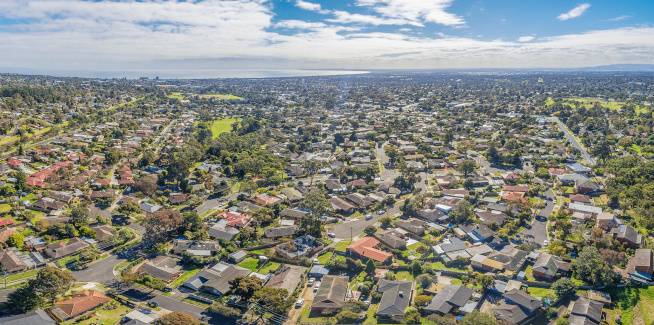ANZ Research has published an analysis of current trends in the housing market, amid mounting concerns over financial stability risks associated with the continued decline in dwelling values.
The research group noted the downside risks associated with the price falls, including an expectation of a continued rise in negative equity.
“Given that the recent falls in prices follow a low period of sharp gains (particularly in Sydney and Melbourne), the number of home owners in negative equity remains low at around 5 per cent, although this share is likely to rise further,” ANZ Research said.
The group claimed that such risks would be manageable, provided employment conditions remain stable.
“This is something to watch, but at this stage we think it is unlikely to become a significant problem if, as we expect, unemployment remains low,” the group added.
In its latest monetary policy statement, the Reserve Bank of Australia (RBA) has also stated that it would “pay close attention” to the labour market, with slower economic growth and flat inflation also posing a threat to stability, prompting calls for a cut to the cash rate.
ANZ Research also noted the rise in mortgage arrears, albeit from a “very low rate”, stating that while most of the rise has been confined to the resource states of Western Australia and Queensland, delinquencies are also beginning to rise in NSW.
The group added that concerns regarding an increase in negative equity and the rise in arrears have been compounded by high household debt levels, particularly amid subdued wages growth.
However, according to ANZ Research, borrowers have built up serviceability buffers to guard against “shocks” to the economy.
“Despite high debt, serviceability is not a problem for most,” the group said.
“Many borrowers are well ahead on repayments (by around two and a half years, on average).”
The ANZ analysis also noted that low interest rates, falling unemployment and the lower risk profile of Australia’s mortgage portfolio would also limit stability risks.
“The cumulative effect of regulatory changes over recent years has been to limit riskier lending (including high LVRs and interest-only loans) and reduce the maximum loan sizes,” ANZ Research stated.
“In this respect, the quality of new lending is improving.”
The group expects housing market conditions to stabilise in 2020, claiming that the fall in home values has already begun to moderate.
[Related: Treasurer renews call for ‘free-flowing’ credit]
 ;
;
